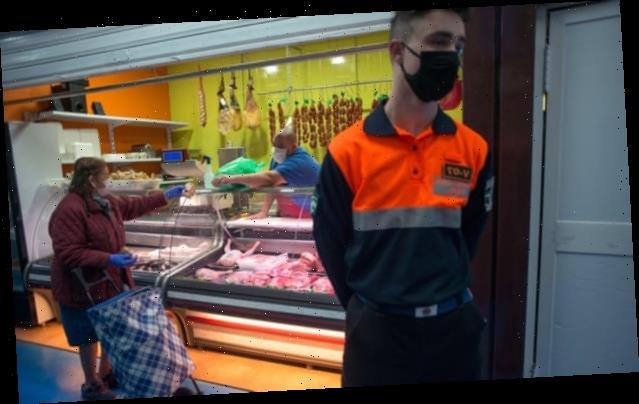The trickle is starting. Spain, Austria, Italy, China, possibly Germany and the US will this week begin, however hesitantly, the great return to work. As others hold back and some may even toughen lockdowns, the result will be the most extraordinary mass experiment in history.
The outcome should go some way to settle the central argument of coronavirus policy, of lockdown and suppression v mitigation and herd immunity. It will also condition a later political blame game, who was right and who was wrong.
In this experiment, only one thing should matter: the evidence. It is the lack of it that has clearly determined the wide diversity in policy responses in different countries. We see a potentially fatal disease, Covid-19, of unusual infectiousness. Yet we have no idea how infectious, because lack of testing means we cannot tell if vast numbers of people have it to some degree, or just a few. The science disagrees. We have no idea if fatality is the outcome for 5% of victims, or 1%, or 0.3% – and therefore how drastic should be the response.
Statistics are in chaos. Death “rates” lag behind deaths. Deaths are confused with “hospital deaths”. Headlines highlight “most cases per nation” or “most deaths per nation”, not deaths per million. Yet we are at the mercy of these statistics. They are the raw material of the modellers, and their models are the sacred entrails into which policymakers peer each day, to see what level of lockdown to impose on their people.
For millions, lockdown is not novels and quality family time but food parcels and hardship | John Harris
Not surprisingly, science is giving way to value judgments. Authoritarian regimes are diverging from libertarian ones. Countries in total lockdown (Spain and France) are compared with countries practising social distancing (Sweden and Korea) and those such as Turkey and Brazil which do none of those things. As David McCoy said in the Guardian last week, we simply don’t have models that balance “the direct, visible and dramatic harms of Covid-19 with the more indirect, chronic and hidden social and economic harms of lockdown”.
I assume that hard evidence will now start to emerge. There will be a wide comparative spectrum, of outliers and controls. We should learn to what degree were face masks and two-metre separation efficacious, as against mass isolation and economic collapse. So far, such evidence is in desperately short supply. Soon it will be on the ground, in the world’s factories and on its pavements.
Economics has taken a terrible battering this last month, because it is thought to put “money before lives”. But all options cost lives, which is why political judgment has moved to centre stage. Businesses are ruined, dreams shattered, people die. As in the conundrum of the swerving driver, do you avoid one death now, but is it at the cost of five down the road?
The cliche is true. Only time will tell, but that time starts now. The task is to scrutinise the evidence and let it tell the truth, not just the truth we want it to tell.
• Simon Jenkins is a Guardian columnist
Source: Read Full Article
